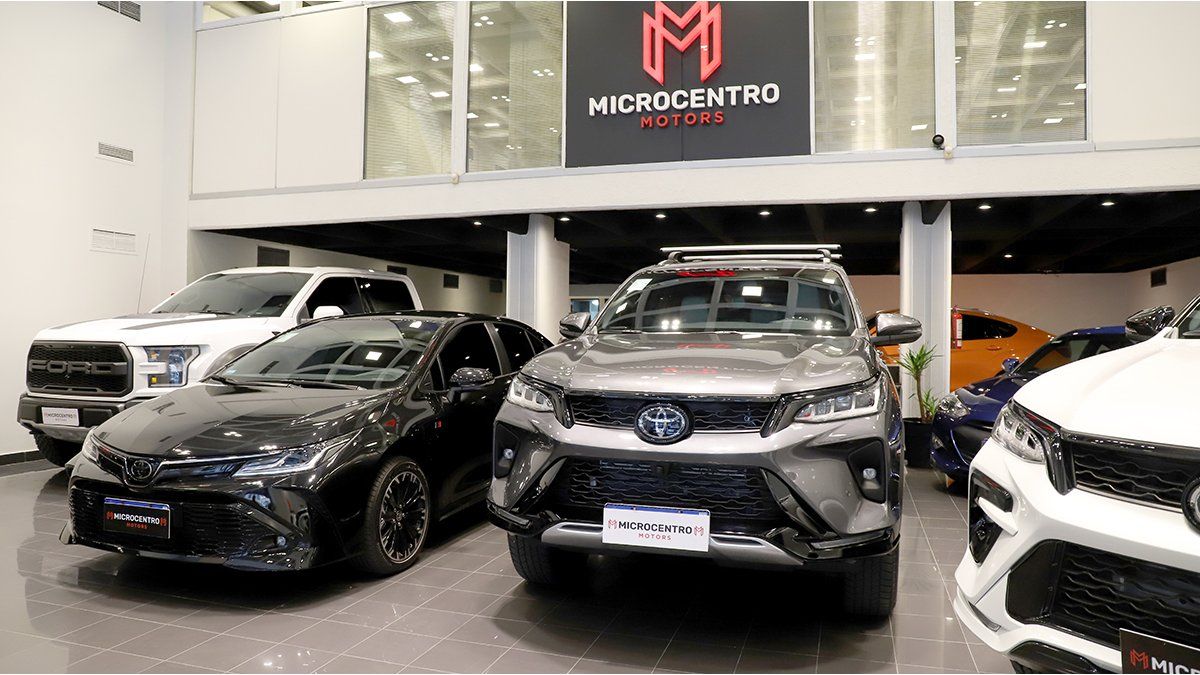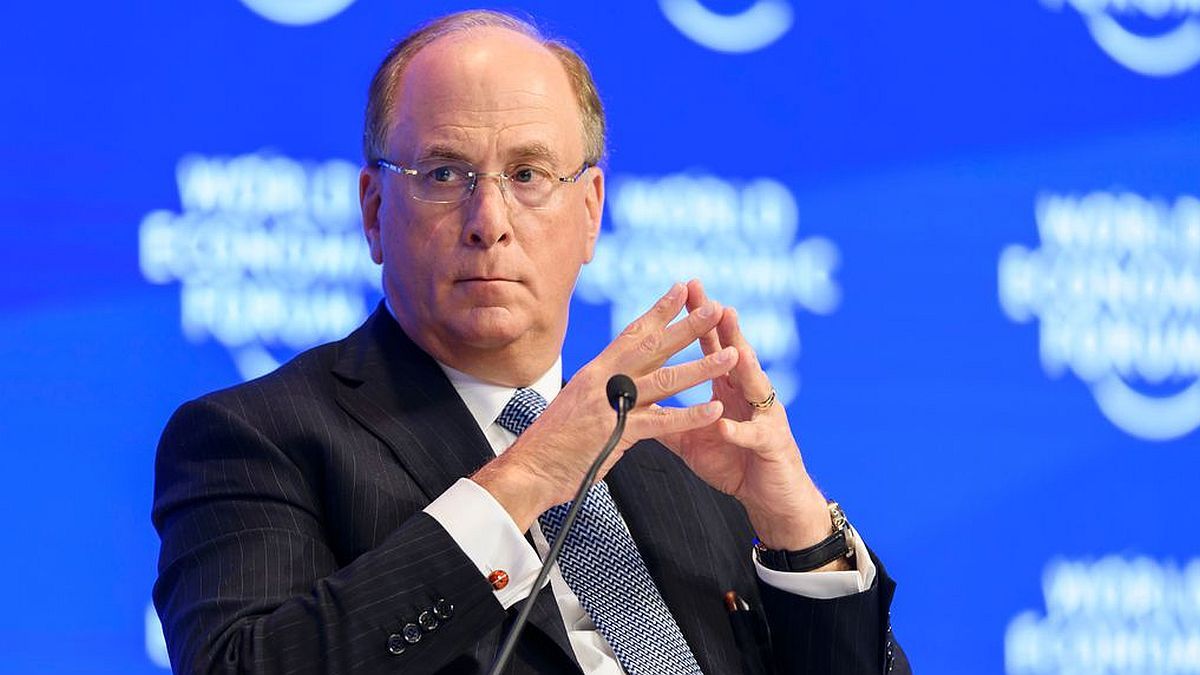While volume prospects for 2025 are encouraging (most speak of a market close to 500,000 vehicles), December is going through the logical decline of seasonality, but also due to the impact of the collapse of financial dollars and the “blue”.
The disappearance of the gap It modifies the rules of the game and many changes are taking place in the market. With a high dollar and a large difference between the informal and the official, demand accelerates. Today the opposite happens.
One of the important modifications is what happens with the prices for him repositioning of the values of 0km cars in dollars and pesos.
To divide the market into two large groups, there are the generalist brands (what would be the established factories) that has its lists in pesos and the high-end or premium imported brands that express their price lists in dollars.
Those in the first group have been increasing their 0km, month by month, in pesos, at the pace of the inflationbut with a “blue” that falls, that implies that they become more expensive in dollars.
On the other hand, those that sold and sell in “bill” dollars (or in pesos at that price), see that their models are more competitive. Less pesos are needed to buy them. They were also sold in a mix between pesos and dollars. This narrows the gap between general models – even national ones – and imported ones.
Demand for imported cars exceeds expectations
A tour of dealerships of imported brands (premium and not so much) confirmed this theory and the demand they are having exceeds what was expected. Meanwhile, sellers of generalist models have to resort to strong discounts to attract buyers.
From an imported brand they speculated on the failed strategy of the generalist brands that bet on a dollar that would remain high and that gave them room to raise prices in pesos every month.
From a dealership Audi of Capital Federal recognized the peak demand they are having. They even explained that the novelty is the increase in the personalized configuration of the models. These are all the additional items and finishes that can be requested with a price premium.
“For a little more dollars, which are now more accessible, the customer adds equipment to the model, something that did not happen before. It doesn’t matter if you have to wait a few months. You buy the car the way you like it,” said the agency manager.
Volkswagen-Taos-2023-front.jpg
Volkswagen Taos Highline Bi Tone
The other brands in the premium segment recognize that there is also a greater demand to buy their models. But it doesn’t only happen with large high-end brands, such as German ones.
There are other brands that have their prices in dollars that benefit in this situation, because for months they had been importing with their own dollars as a result of the restrictions imposed last year.
With financial dollars well above the official one, it implied a very high increase in costs for their models and they were left out of position from the competition that imported to the official. Today that has been reversed and their prices are more competitive.
There are models sold by brands based in the country that, due to their increase in prices in recent months, are close to some luxury brand models and are above other imported brands with highly equipped models.
From an imported brand they cited the example of Volkswagen Taos Highline Bi Tonewhich has a list price of $54,359,230. This model is achieved with the first scale of the Internal Tax.
It is true that it has a factory bonus and another one made by the dealerships and its transaction price is around $47,000,000. It is a vehicle national production which, furthermore, is going to stop production in less than a year.
If the price of the “blue” today is taken into account, its value is around US$52,000. Within the same automotive group, Audi sells premium models such as the SUV Q2 at US$60,000 and Q3 at US$64,000. Although there is a difference in prices, it is not as great as at other times, it is an example of the narrowing of the gap.
Also if compared to other imported brands, without being premium, the improved competitiveness of the models that are priced in dollars is noticeable.
For example, the BAIC X55 IIa model that is having a lot of acceptance and with good equipment, costs US$40,800. Although it is a Chinese brand, the Argentine public is beginning to change their opinion and is beginning to choose it.
Another example is what happens with the Toyota SW4 that is produced in Argentina. Its current price is $75,035,000. An imported model that competes with the national SUV is the hyundai tucson. The price of this model is US$65,900. At today’s exchange rate they represent about $69,000,000. That is, it is $6,000,000 cheaper than the Toyota. However, a few months ago, in June, when the “blue” or financial dollars were around $1,400, their value in pesos was $92,000,000 (although an intermediate dollar was agreed upon). The SW4, at that time, cost around $65,000,000. The gap was approximately $27,000,000 in favor of the national model and a purchase could be decided.
Since then, the SW4 rose in price in pesos (and, consequently, in dollars), while the Tucson became cheaper in pesos and today costs less than the Toyota model.
Source: Ambito




